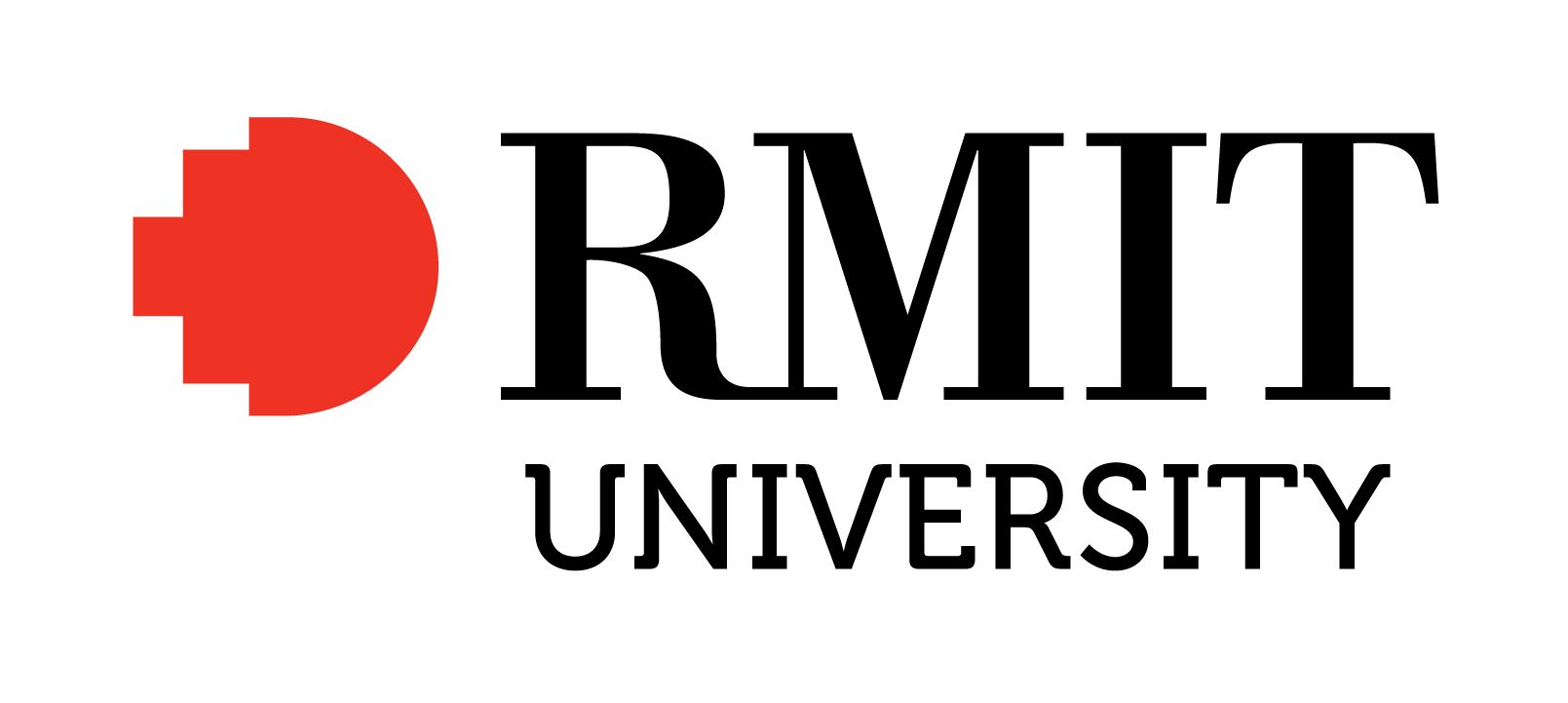Full description
Research Background The Future of Fashion is Now (TFOFIN) was the follow-up exhibition to The Art of Fashion (2009). Initiated by leaders in the industry Han Nefkens' Fashion on the Edge & Museum Boijmans van Beuningen in Rotterdam, TFOFIN 2014-2015 brought together fashion designers and artists specifically from nonwestern backgrounds or 'regions which have very little fashion tradition', to highlight new practice, research modernisation, developing fashion practice, as well as fashion systems. TFOFIN was a comprehensive and defining exhibition of designers and artists shaping fashion as a practice, system and in materiality. Contribution Four tailored jackets, from the Dissolvable Garments Series by Interlandi, was selected by an international jury and scouts renowned in the fashion industry. Interlandi's work was selected as representative of new practice under the 'Materiality and Experience' themed section of the exhibition. The original work created in 2011-2012 investigated clothing and rituals for dressing the deceased, in ephemeral and highly degradable materials to expand the idea of fashion, and represented novel approaches to degradable materials through the use of fragile, non-woven Sol-u-web (poly vinyl alcohol). The dissolvable fabrication in which the jackets were constructed sought to explore a range of analogies of death and disintegration within design as well as opening up new discussion around clothing as a second skin, and clothing as a 'utensil' for communication (Harvey, 2008). Significance Within the context of this theme and exhibition, the selected works address the 'new meaning[s] being generated by innovative production processes' (Teneussen, 2014) and questions the assumptions we have around the longevity and durability of fashion and the body. The exhibition was highly publicised with an indepth catalogue accompanying the exhibition and mobile app. The exhibition has continued touring on to Shanghai at OCT Contemporary Art Terminal.Issued: 2014-01-01
Created: 2024-10-30
Subjects
User Contributed Tags
Login to tag this record with meaningful keywords to make it easier to discover
Identifiers
- DOI : 10.25439/RMT.27349050.V1



